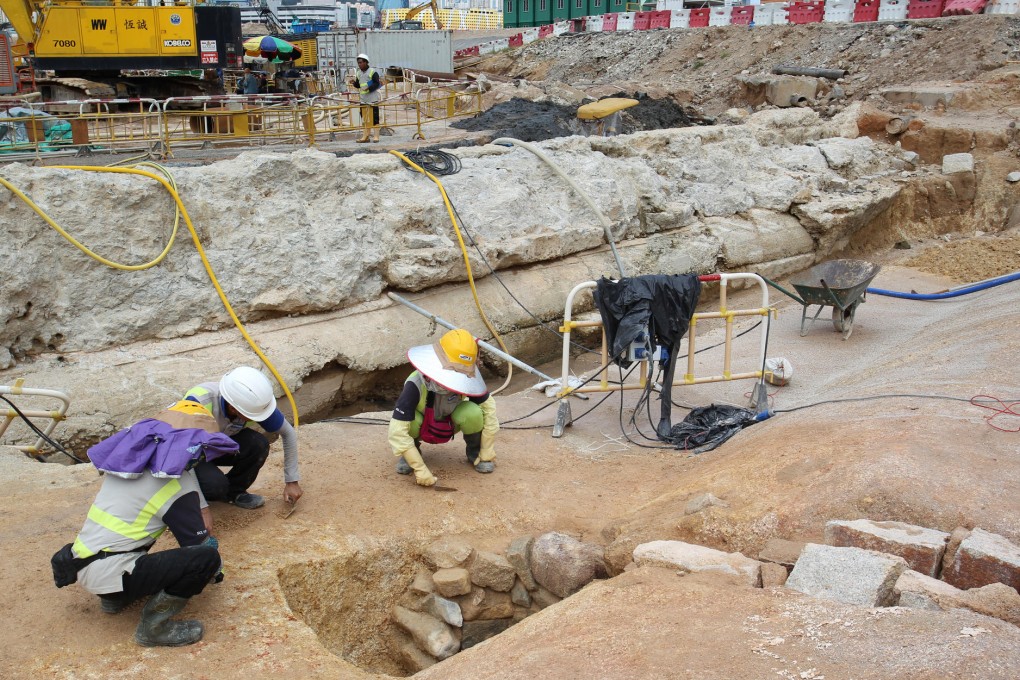Let ancient relics tell Hong Kong's early story, experts say
More creative approach than storage in cabinets called for to foster interest in To Kwa Wan finds

When thousands of relics dating back to the Song and Yuan dynasties were unearthed at the site of the planned To Kwa Wan railway station, debate centred on how to preserve them - and whether they should be moved.
But conservationists say not enough attention has been given to telling the story behind the relics, which include ancient pottery and wells.
Experts called for a more creative approach to conserving the relics at a forum at Polytechnic University yesterday, organised by the Professional Commons and the university's Centre for Social Policy Studies.
The 23,000 square metre site of the station on what will be the MTR's Sha Tin-Central Link is on what used to be known as Sacred Hill. Song (1127-1279) emperors Zhao Shi and Zhao Bing are believed to have lived there when they were taking refuge from the Mongols in Hong Kong.
The hill was levelled by the Japanese to extend Kai Tak airport in the second world war, and the relics ended up buried.
Experts told the forum that storytelling was a more effective way to learn about the city's history - and generate interest in it - than putting relics in dusty cabinets that no one will see.
Architect Freddie Hai Tuen-tai said that every city needed to embrace its story.